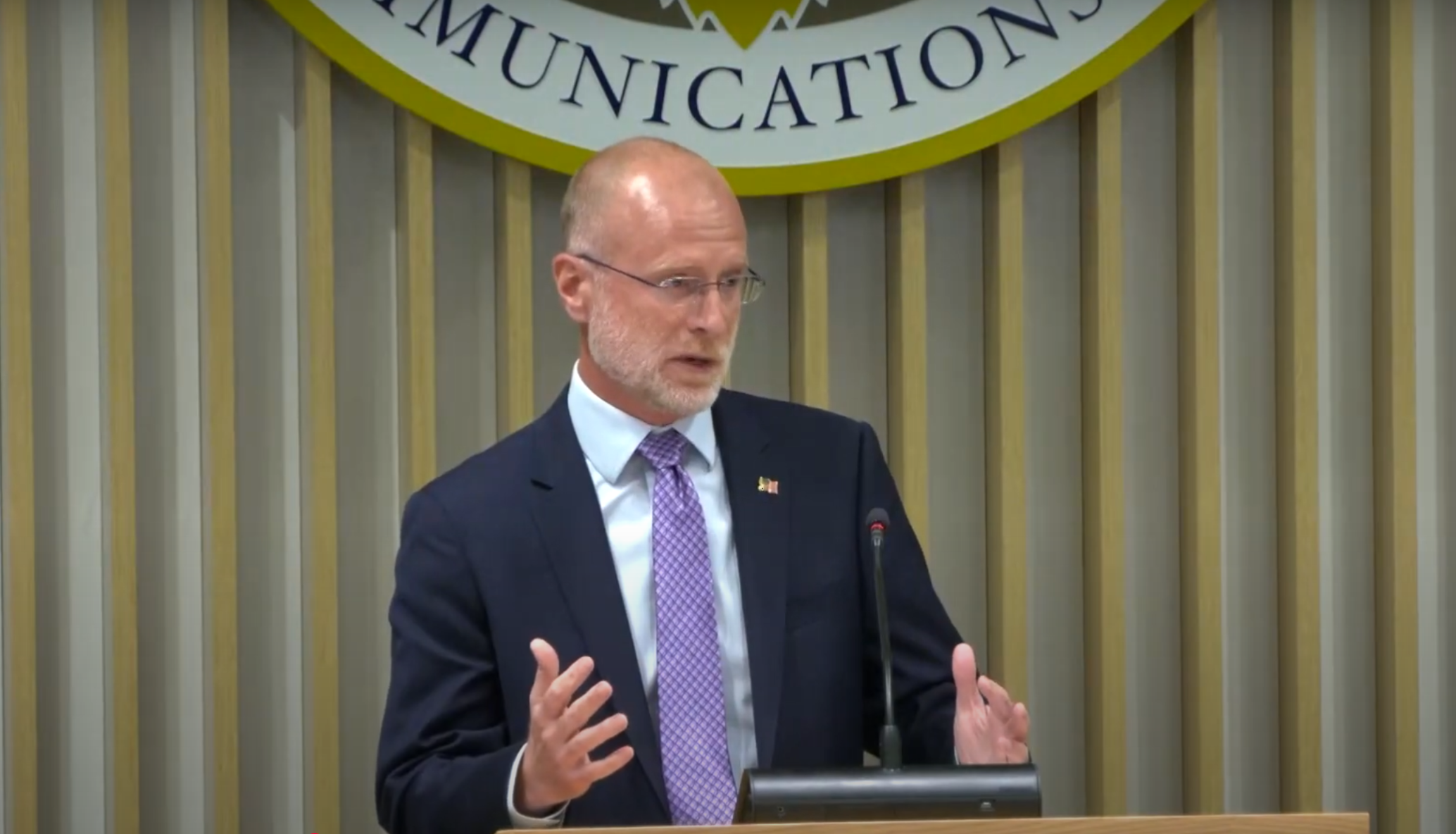DIGITAL STRATEGIESDTV Switch Still A Challenge
By the May 1 deadline, approximately a quarter of the 1,309 full power commercial television stations (latest FCC figures) in the U.S. were transmitting a digital signal. According to the NAB, at the end of last month, 325 TV stations had made the transition. The FCC reported that 905 stations had filed CP (construction permit) extensions with the agency that would give them another six months to go digital.
According to a spokesperson for the FCC, about 500 extensions have been granted so far. The FCC estimates that 95 percent of them should be on the air by the end of the year. The spokesperson reasoned the delays are due to the highly specialized work and the fact that "there are very few crews that can do it. Late delivery of equipment, improper equipment delivered which needed to be returned were also excuses."
For those stations that do not make the extended deadline, "We don't want to speculate at this point," said the spokesperson, "but we have a full range of enforcement options available. We haven't issued any penalties yet because everybody who asked for an extension had a valid reason for doing so."
A study conducted by the U.S. General Accounting Office (GAO) gathered data on the status of all TV stations in the U.S. impacted by the FCC mandate to switch to digital. It calculated that 79 percent of the stations that had already transitioned to digital were financed by their parent companies. Of those stations in the process of making the transition, 62 percent had similar funding arrangements while 43 percent were relying on some degree of debt financing. "Six percent of transitioning stations (many of which were small broadcasters) said that the station might have to be sold to fund the transition to digital," reported the study.
Current DTV stations reported to the GAO an average cost of $3.1 million per station to comply with the initial requirements for digital transmission, while transitioning stations reported an average of $2.3 million per station.
Reiterating what TV stations have provided as reasons for not making the deadline, Dennis Wharton, senior vice president, Communications for the NAB said, "There are a variety of reasons ranging from lack of delivery of equipmentÑsome areas are putting up new towersÑto some areas having had resistance from municipalities who are getting resistance from consumers who don't want the towers built in their back yard. There have also been some FAA clearance issues on towers."
Special considerations have been made for New York City stations. "There have been some financial hardship issues particularly related to 9-11," said Wharton. "In New York City, as you know, the digital towers were on the World Trade Center so when they went down, five or six of those stations went down in one fell swoop."
In terms of where the digital timeline stands now, Wharton said, "The good news is that most of the stations that are not going to be on the air [by May 1] are telling the FCC they'll be on within three to six months. Some are saying maximum 12 months -- but that's mostly a small to medium market issue."
Joy Zaccaria is production editor for DigitalTV.
>For More...
Federal Communications Commission
www.fcc.gov
National Association of Broadcasters
www.nab.org
U.S. General Accounting Office
www.gao.gov
The professional video industry's #1 source for news, trends and product and tech information. Sign up below.
